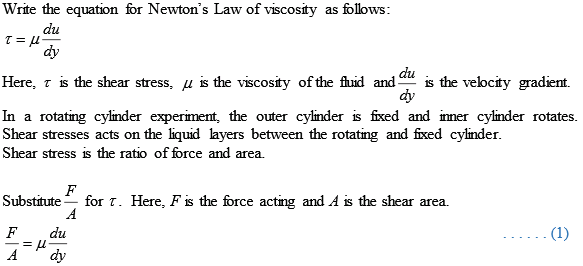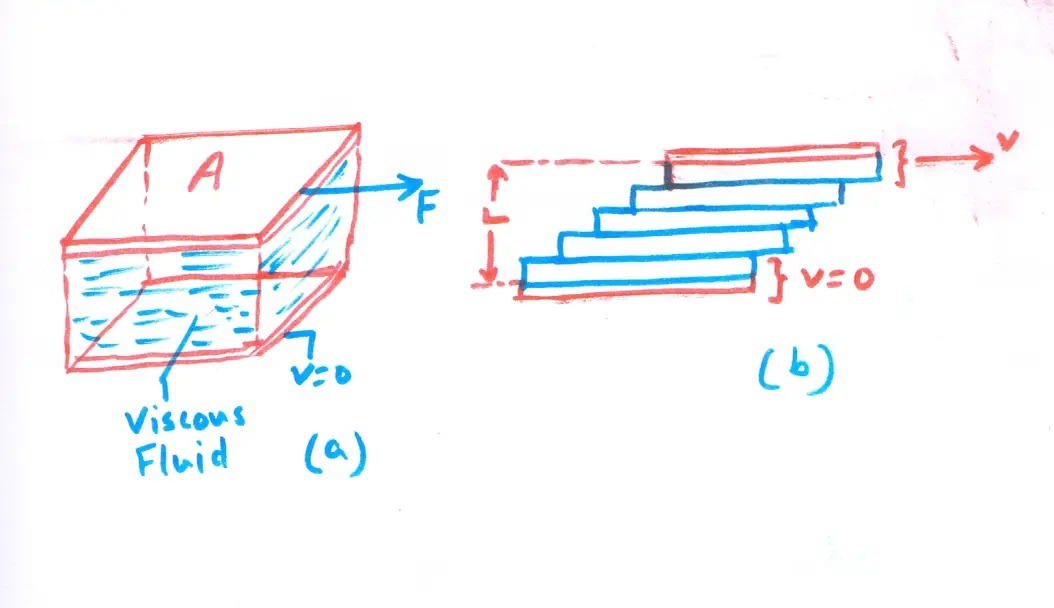
This includes several different types of fluids that show an apparent increase or decrease in viscosity with shear rate. What is a non-Newtonian Fluid?Īny liquid that does not obey Newton’s Law of Viscosity is called a non-Newtonian fluid. Water and most oils are Newtonian liquids. If the viscosity of a liquid remains constant under shear stress such as agitation or pumping at a constant temperature (that is, it obeys Newton’s Law of Viscosity) it is called a Newtonian Fluid. Kinematic viscosity is a standard property of a Newtonian fluid whereas absolute (dynamic) viscosity refers to how a fluid (particularly a non-Newtonian fluid) resists flow under an external force (such as a pump). The symbol for kinematic viscosity is nu: ν and its SI units are m/s 2.Īlso in common use is the Stoke (St) although this is often quoted as cSt (centiStoke). Kinematic viscosity is the ratio of absolute (dynamic) viscosity (μ) – see the previous sections - to density (ρ) and is a measure of a fluid’s inherent resistance to flow when no external force, except gravity, is acting on it. The symbol for absolute (dynamic) viscosity is mu: µ (although eta η is also sometimes used).ġ Ns/m 2 = 1 Kg/ms = 10 P = 1000 cP What is Kinematic Viscosity? Also in common use is Poise (P) although this is often quoted as cP (centiPoise). The SI unit for absolute (dynamic) viscosity is Ns/m 2 (or 1Kg/ms). The constant of proportionality, µ, is defined as the absolute (dynamic) viscosity.Ībsolute (dynamic) viscosity is a measure of how a fluid resists the deformation of shear stress due to its inter-molecular friction. Under laminar flow conditions, for many fluids, the shear stress ( tau: τ ) between two layers parallel to the direction of flow, separated by a perpendicular distance, Δy, is proportional to the difference in velocity between the layers (Δv).
#APPARENT VISCOSITY FORMULA SERIES#
Treating a fluid in the laminar flow regime as a series of parallel layers, shear stress is the tangential force required to move one horizontal plane, with respect to its neighbour, at constant velocity. The velocity at which the transition between laminar and turbulent flow occurs is related to viscosity.

At high fluid velocities, eddy currents are formed which lead to random mixing throughout the flow cross-section. What is laminar flow?Īt low velocities, fluids flow through pipes in a regular manner with no vertical mixing across the wave front. The definition of viscosity is based on laminar, non-turbulent, flow.

This can be complex as viscosity can be affected by temperature, pumping speed, pipe dimensions, and, with some fluids, it may also change over time. Viscosity is a measure of a fluid’s resistance to flow, a property that affects how it will behave in a pump and in pipework. Terms Associated with Viscosity and Shear What is Viscosity?


 0 kommentar(er)
0 kommentar(er)
